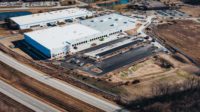Savannah, the “Hostess City of the South,” is home to a hot cold storage market.
The Port of Savannah, which currently handles one out of every 8.8 loaded twenty-foot equivalent (TEU) container units in the U.S., is a big part of why.
The city’s port moved 11.4% of the nation’s loaded international containers in fiscal 2023, with more than 2 million TEUs. And the Georgia Port Authority (GPA) expects private refrigerated and frozen warehouse space at the port to grow by 11% this year, topping 2.2 million square feet.
With immediate access to Interstates 16 and 95, much of the Southeast and Midwest are within a one or two-day drive, Savannah is the largest and fastest-growing container terminal in America. Top cold chain exports last year included poultry, beef, fish and frozen vegetables. Top performing imports were grapes, vegetables, fish, potatoes and candy.
“The port has made multi-million dollar investments in our refrigeration infrastructure. Now we’re taking a hard look at the fresh produce trade,” said Judd H. Bare, regional sales manager of Trade Development (BCO sales) at the Georgia Ports Authority.
Savannah is the top port for containerized, refrigerated export cargo on the U.S. East and Gulf Coasts.
Lineage Logistics in April opened a new, 220,000-square-foot cold storage facility less than six miles from the port. The $78 million project includes 23 inbound and outbound lanes with the capacity to process over 40 trucks, moving up to 1.4 million pounds of produce daily.
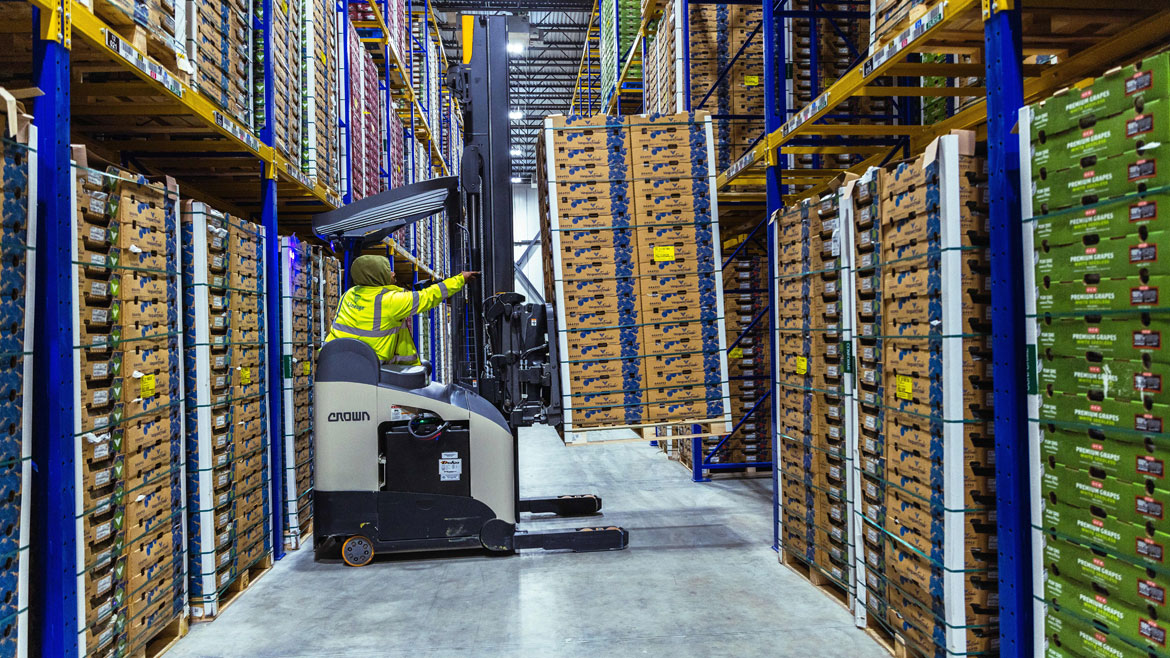
“Savannah Fresh-Port Wentworth was designed to address the overwhelming influx in imports of fresh produce to ports in the Mid-Atlantic that lack the space to keep up with the demand. With proximity to the Port of Savannah, the new facility will enable Lineage to deliver larger quantities of fresh produce more efficiently to serve customers across the Southeast and beyond,” said Ken Burke, director of business development at Lineage Logistics. “Products can enter and exit the facility on the same day if needed, reducing storage time, creating cost efficiencies and ensuring consumers receive fresh produce faster. The facility also provides value-added services like fumigation and packaging services, and it features a dedicated area for agricultural inspections.”
Americold has three facilities in the Savannah area, including a 312,000-square-foot poultry import/export facility opened in 2020. At 51-feet, the building has 37,000 pallet positions, includes a -20 degree QFR quickfreeze system, a USDA (United States Department of Agriculture) and automated conveyors, wrapping and labeling stations.
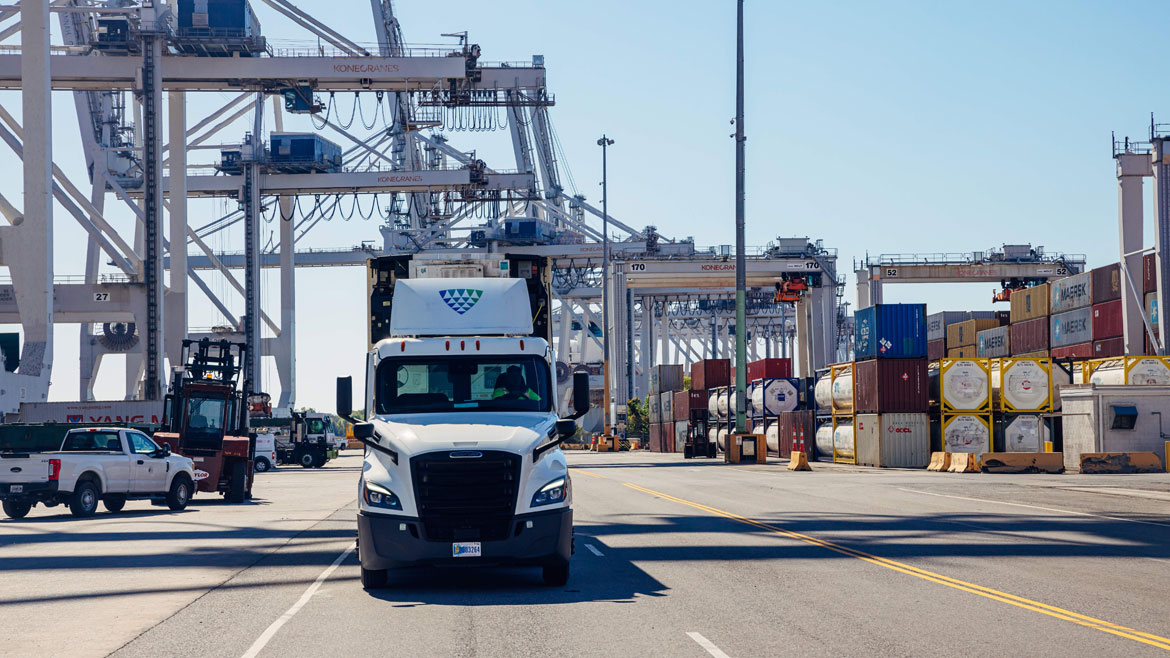
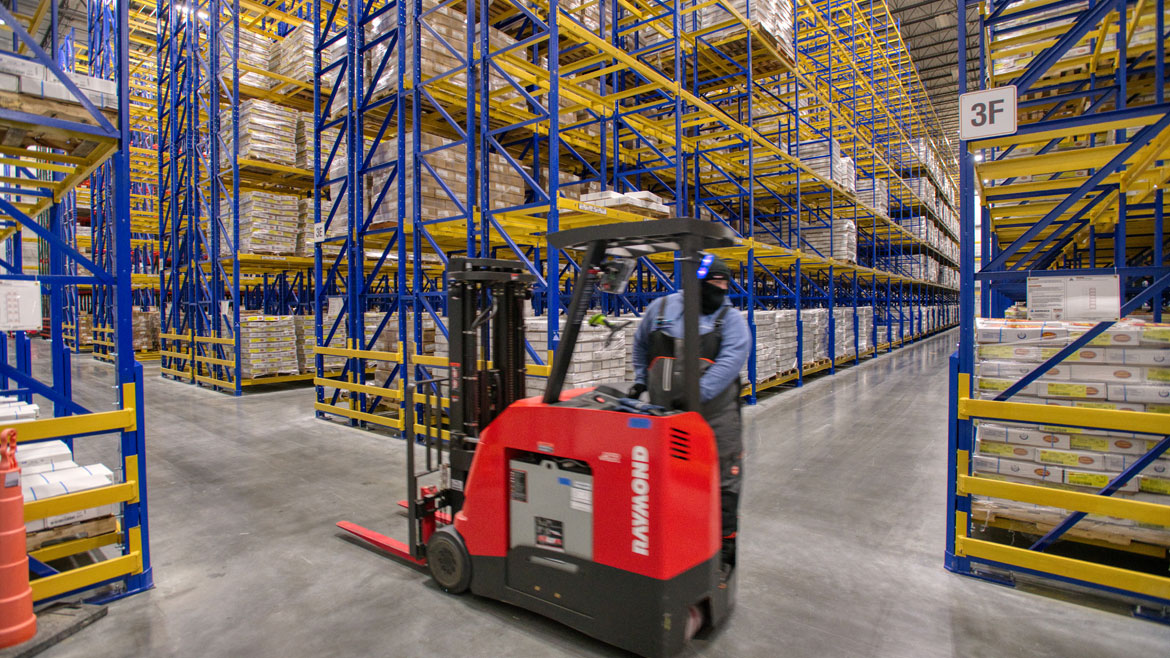
“Georgia is the poultry processing capital of the world so Savannah was a natural fit,” said Ben Medearis, director of regional sales at Americold. “Poultry was the thing that got everybody going into Savannah but it’s morphed into so much more. We do a big fresh import business with fruits and vegetables, specifically citrus, grapes, bananas and onions. It’s really grown and changed from just a poultry export area to a lot of interesting commodities going both ways.”
Products coming through the port “can reach 25% of the U.S. within 24 hours via truck,” Medearis said. “It’s a prime space for temperature-controlled distribution.”
Medearis said he expects the growth in warehousing to continue north along I-16, competing more with Charleston. Americold still owns roughly 140 acres of undeveloped land in the Savannah market.
“You start to get to the Savannah area and you see these massive warehouses going up. You’ll drive for three miles and see nothing but cranes,” he said.
This month the Georgia Port Authority expects to complete a renovation to Savannah’s Garden City Terminal’s Container Berth 1 increasing annual berth capacity by 1.5 million TEUs, Bare said.
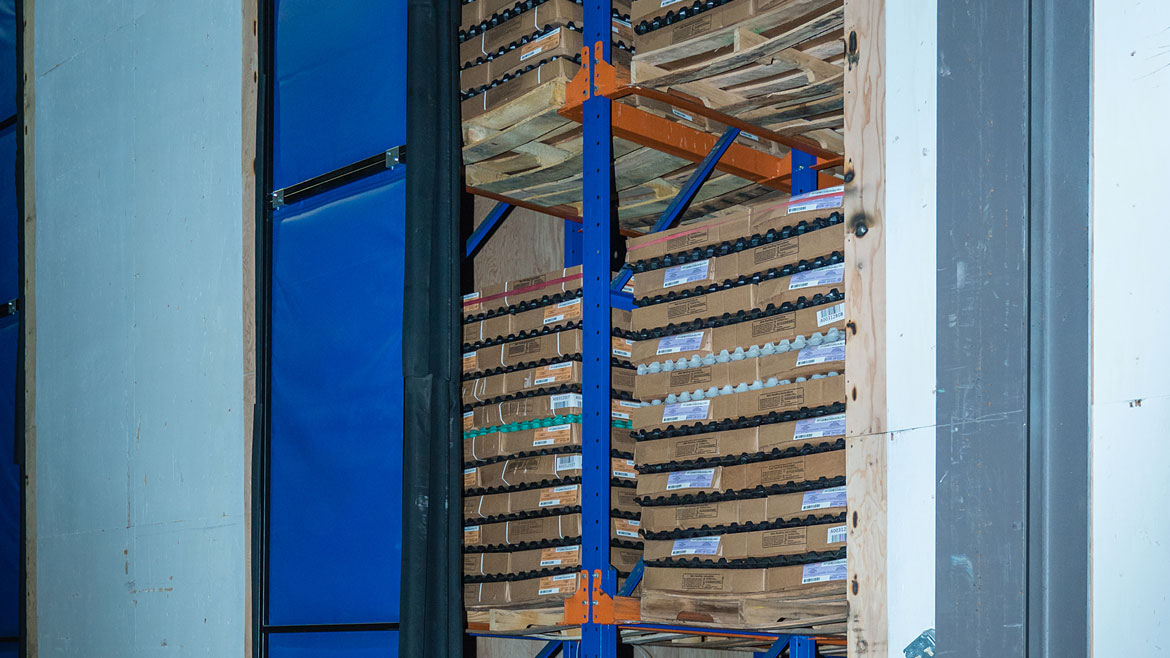
GPA is investing in a variety of infrastructure projects to support larger vessels and growth:
- The first half of eight new ship-to-shore cranes will be operational in July; the next four arrive in August and will be operational by December.
- An expansion at Garden City Terminal West, including 15 electric rubber-tired gantry cranes, will add 1 million TEUs of annual capacity by 2024.
- Berth and container yard renovations at the Ocean Terminal will expand the terminal's annual capacity to 2 million TEUs, with eight additional cranes. Renovations are due to be completed in 2026.
Scheduled for completion in August 2023, the 300,000 square-foot Savannah Transload Facility, located at the Garden City Terminal, will move goods from containers to over-the-road trailers for delivery, providing an annual capacity of 500,000 TEUs.
Food companies who previously imported their perishable products through other ports can realize overland transportation savings by shipping chilled cargo into Savannah, Bare said.
“We are a new gateway for refrigerated imports. More and more customers are looking at Savannah as an alternate to South Florida and Philadelphia,” he said.



